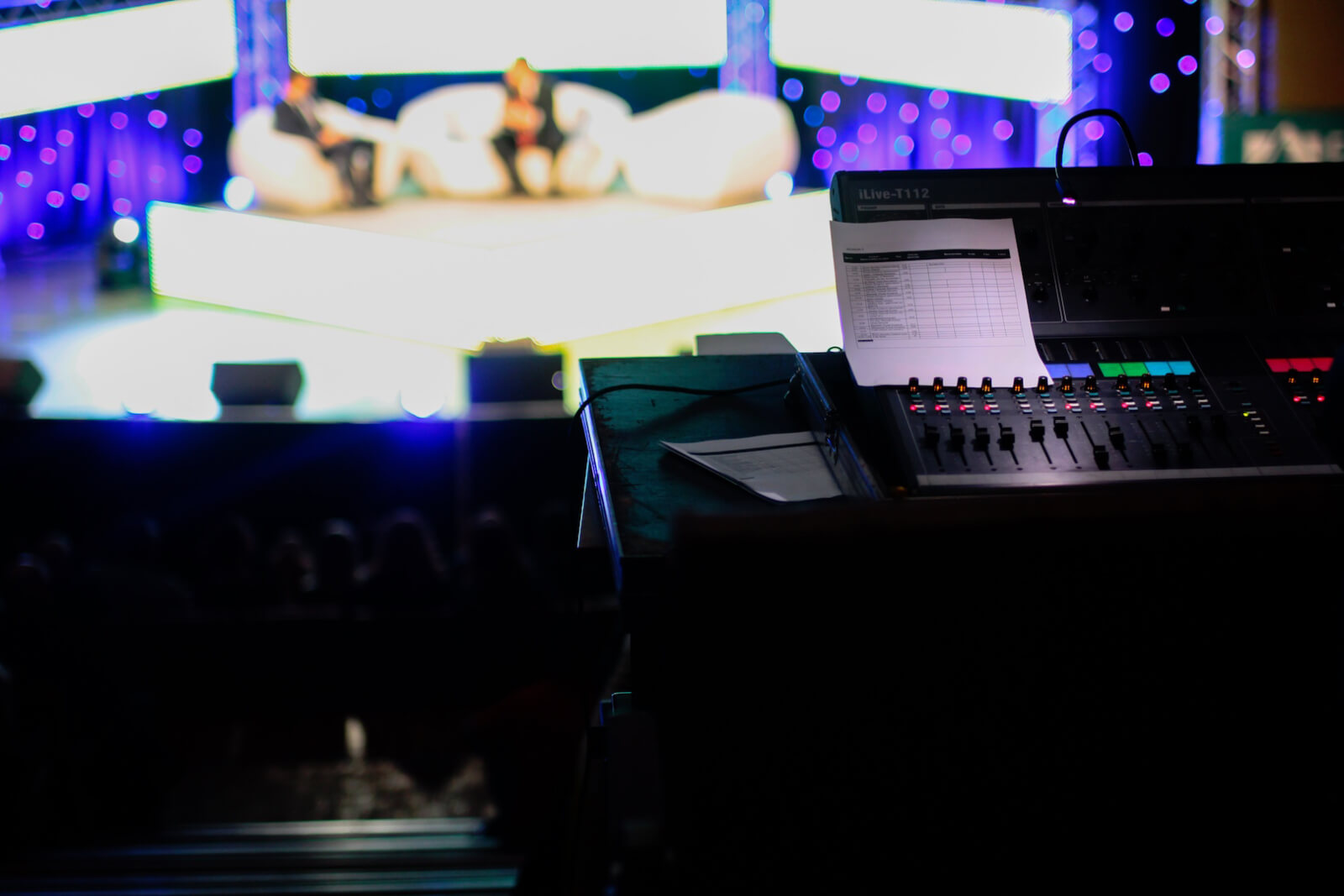Live streaming has been around in the events industry for a long time. What is new, however, is the availability of technology that makes streaming accessible and the quantity of video that is consumed on a daily basis.
To illustrate the scope, Facebook reports 8 billion video views from 500 million users every single day and Livestream powers over 6 million events each year.
So if you haven’t thought about taking your event online, now is the perfect time to do it.
To help you get on the right track, we spoke to one of the leading experts on virtual events, Gerrit Heijkoop. He shared some of his insights on how to take live streaming to the next level.
We split the edited transcript into two parts – the key elements and techniques for audience engagement – that will teach you the basics of how to organize engaging online events.
Here is the first part.
You organized a very successful virtual event recently. Can you give us some background information?
The event you’re referring to is the Transplant Live conference that happened in September 2015 (editor’s note: the event was awarded the Best Event Webcasting Award 2015).
Over 5,000 transplantation professionals from around the world gathered in Brussels for four days to listen to some exciting keynote talks and join in-depth discussions on medical topics.
Being a great event already, we wanted to take it to the next level. This was our approach:
During the first few days of the conference, we created an online TV show with five different thematic sessions. Experts in certain fields of expertise had the chance to talk about specific topics and issues.
We went even further and established a Transplant Live Studio where interviews and talks would take place, providing a brief introduction to the topics before the actual sessions kicked off.
Then, the show would move over to the stage to showcase the best content available. This would go back and forth, providing the online audience with interactive Q&As with speakers or letting people peek into the conference areas they could not physically access.
It was a thought-through piece of editorial content that entertained people from all over the world and different time zones.
Let’s break it down into something tangible. What do you think are the key elements of any successful hybrid event?
Every hybrid event, or, as we call them, Live Online Event, is a perfect combination of three elements.
- Select the best content
First, you want to select the best content you have available. And you should certainly do that because a live event is a big investment.
Extra materials: Livestream gives a great list of key elements to consider when planning your content.
- Create an engaging storyline
Second, there is an element of TV. We have all found ourselves sitting on a couch and watching hours of TV at some point in our lives. However, live streaming needs to provide a multi-camera, dynamic experience where you follow an engaging storyline that someone has created.
Extra materials: Gerrit elaborates more on this in this great article.
- Make room for interaction
Third, people watching your show are not just sitting passively in their living room. They have devices such as smartphones or laptops at their fingertips and they want to interact with you.
If you combine these three elements, people can leave with a memorable experience. Of course, it’s not exactly the same as if they were physically present, but it’s still better than not being there at all.
Gerrit, you touched briefly on interaction. What formats did you use to make the event more interactive?
We used a few.
We facilitated a Q&A where people could submit questions to the speakers when they were on stage or directly to the studio.
We also used polling because that is a great way to get people familiar with interaction tools. Moreover, live polls help create a mutual experience where both sides share knowledge and create content.
Finally, we also set up a virtual backchannel where online participants had the chance to chat with one another. Most of the chats were related to the topic but people also chatted about other things, and we know it is the random stuff that adds to the fun.
You mentioned polling. How exactly did you use it for your event?
We’ve used it for both types of audiences before – online and live. In each case, it served as a kick starter.
You need to see the big picture here, which is people watching the show from their homes, possibly alone, disconnected from the atmosphere.
You can fix this.
Polling is a great way to acknowledge these remote viewers, give them a chance to participate and let them become a part of the event. Live polls bring a sense of common belonging.
Can you summarize in three simple points, how to organize a successful live event?
The key message remains, so it is the perfect mix of three elements.
First, select the best of the best content for your event and make time to let people interact.
Second, think about the TV production style and drive attention to your editorial storyline.
Third, pay attention to your host or moderator. Ensure the person is skilled, understands the process and fosters audience engagement.
Watch a full Hangout Live session with Gerrit right here.




